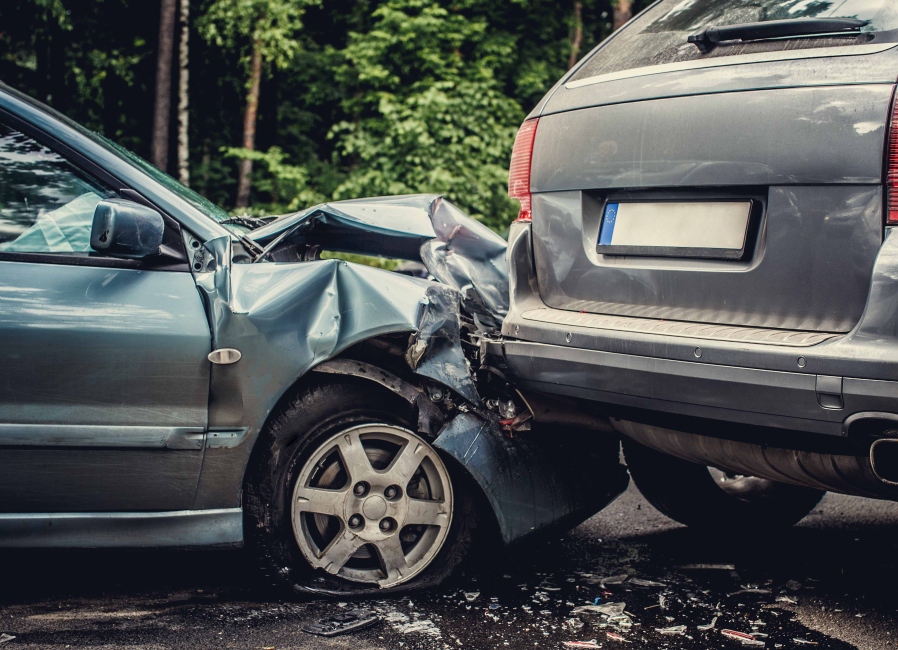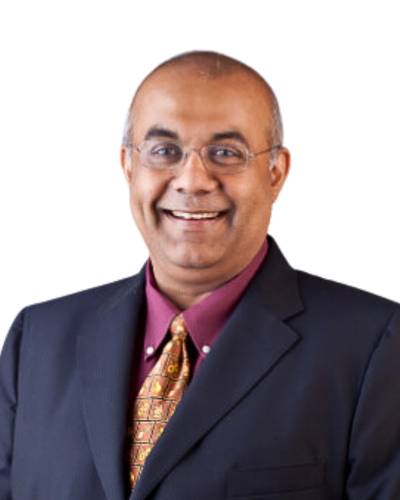A Neurosurgeon’s Perspective on Road Accidents in Malaysia

Image credit: Freepik
Malaysia sees between 4,500 to 6,000 road fatalities each year—around 15 deaths a day. But behind these numbers lies a far greater toll: individuals who survive with severe head injuries, many of whom never return to normal life.
Subang Jaya Medical Centre (SJMC) Consultant Neurosurgeon Dr Vickneswaran Mathaneswaran describes the impact as devastating. “Most victims are young men in their prime—breadwinners who suddenly become dependent. It’s not just their lives that are disrupted, but their entire families.”
Understanding Head Injuries
Head trauma varies in severity and is assessed using the Glasgow Coma Scale (GCS):
- Mild (13–15): Patient is conscious, may have headaches or confusion.
- Moderate (9–12): Reduced awareness and response.
- Severe (<8): Usually unconscious or in a coma.
Dr Vickneswaran explains that even mild injuries can result in lasting damage. “Some patients seem fine but later develop memory loss, mood swings, depression, or cognitive dysfunction. These invisible disabilities are often misunderstood or overlooked.”
Prevention Fails at the Source
“We keep patching people up, but the root problem is enforcement. Helmets, seatbelts, proper traffic use—these aren’t optional. Yet we still see motorcyclists riding against traffic or without helmets. Where is the enforcement?” Dr Vickneswaran stressed.
Motorcyclists make up over 60% of road deaths, many from lower-income groups who are most exposed. Car passengers without seatbelts and speeding buses also contribute significantly. “A bus crash killing 15 shocks us—but we forget that 15 die daily on our roads.”

Dr Vickneswaran stresses that prevention is far more effective than treatment.
Complex Care, Time-Sensitive Decisions
Patients are typically rushed to the nearest hospital, where emergency teams assess their condition. A CT scan helps determine the need for surgery. In cases of elevated brain pressure or bleeding, patients are transferred for neurosurgical intervention. For rising pressure in the brain, surgical intervention like clot removal or craniectomy (removal of skull bone) may be required.
“We use intracranial pressure (ICP) monitors to track brain swelling. But access to this technology and coordinated trauma systems remains uneven,” he notes.
In cases where no surgery is needed, careful monitoring is vital to catch signs of deterioration. “Timing matters. Brain tissue can’t regenerate, but surrounding areas can adapt—if we act quickly.”
Recovery is often long and uncertain. A clot on the left side, for example, may affect speech and comprehension. In high-speed crashes, the damage can be so severe that victims are left vegetative.
Dr Vickneswaran stresses that prevention is far more effective than treatment.
Source: BFM
